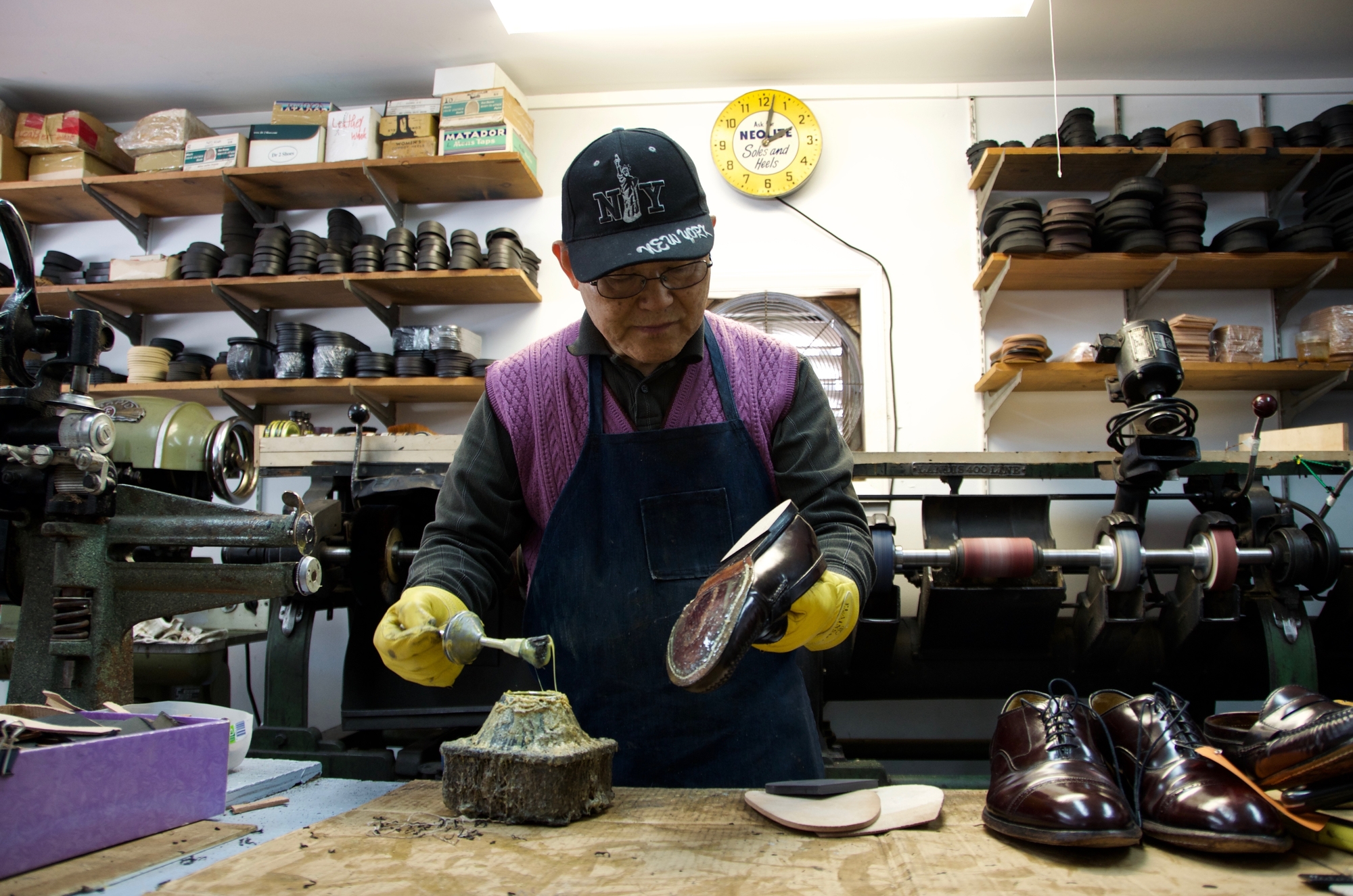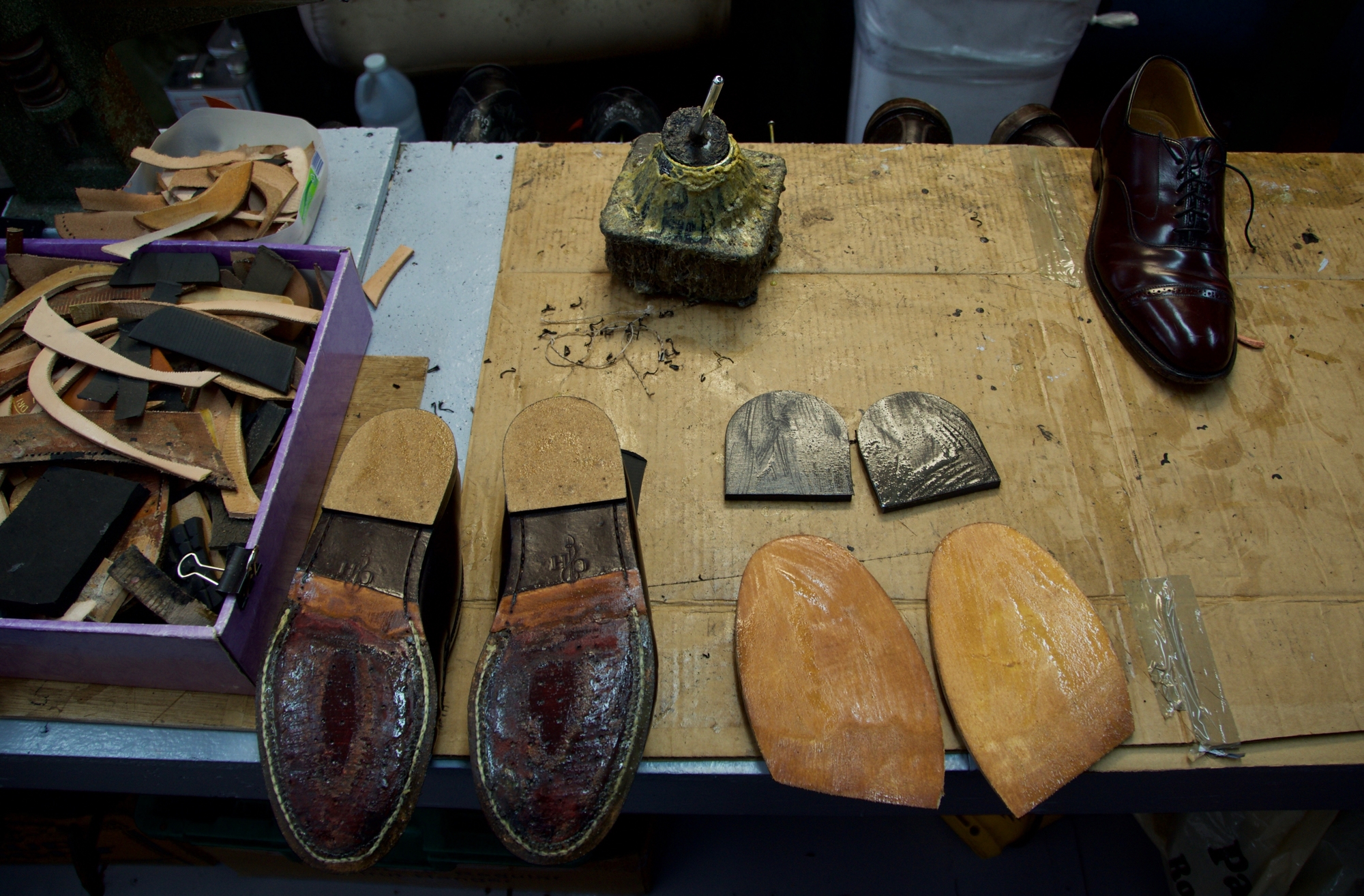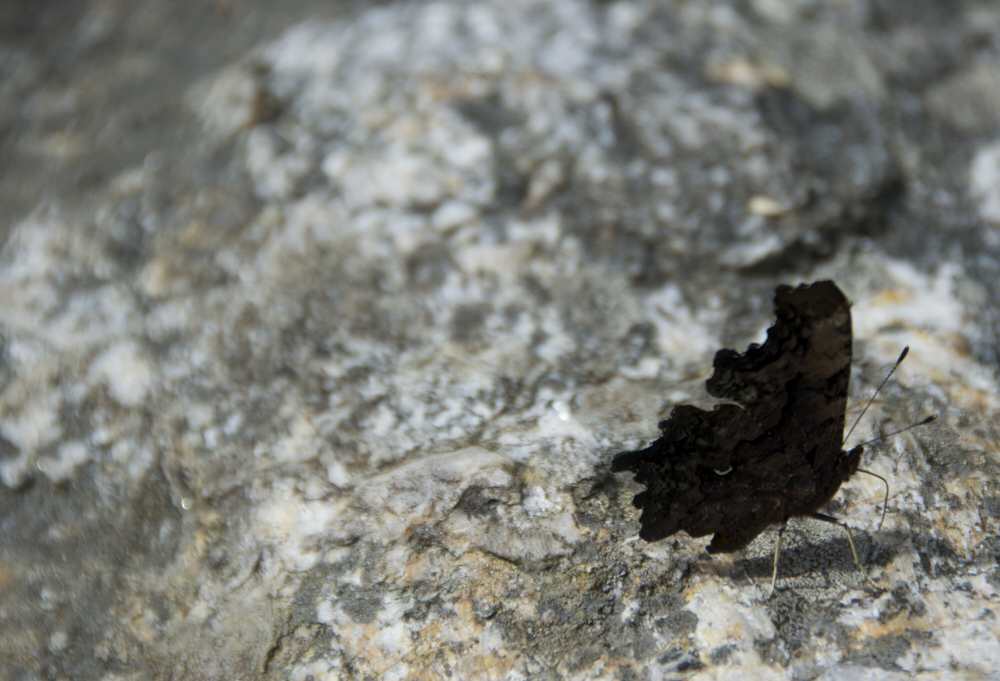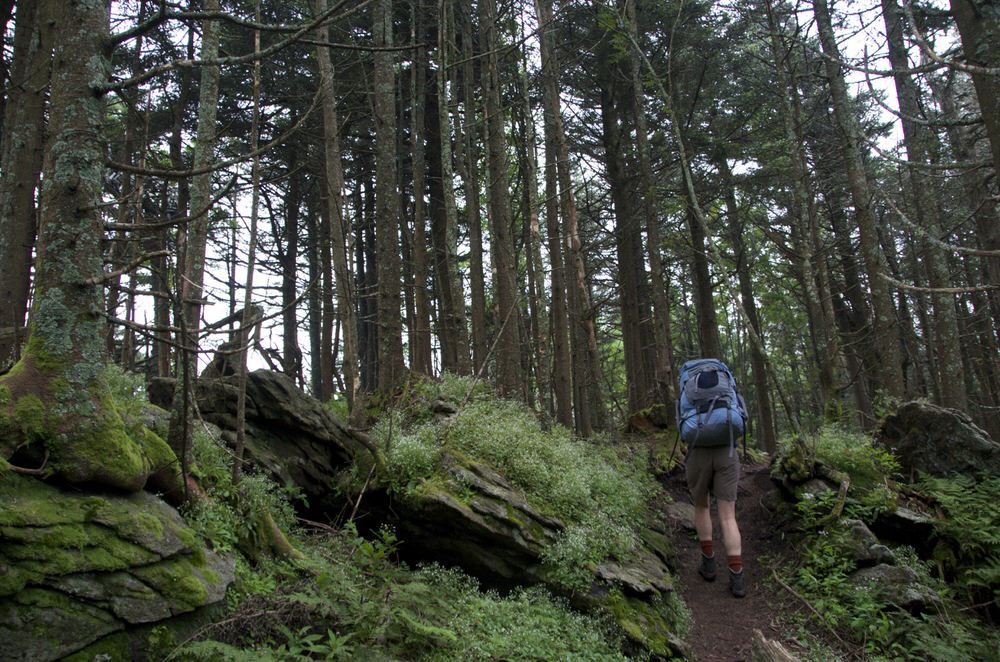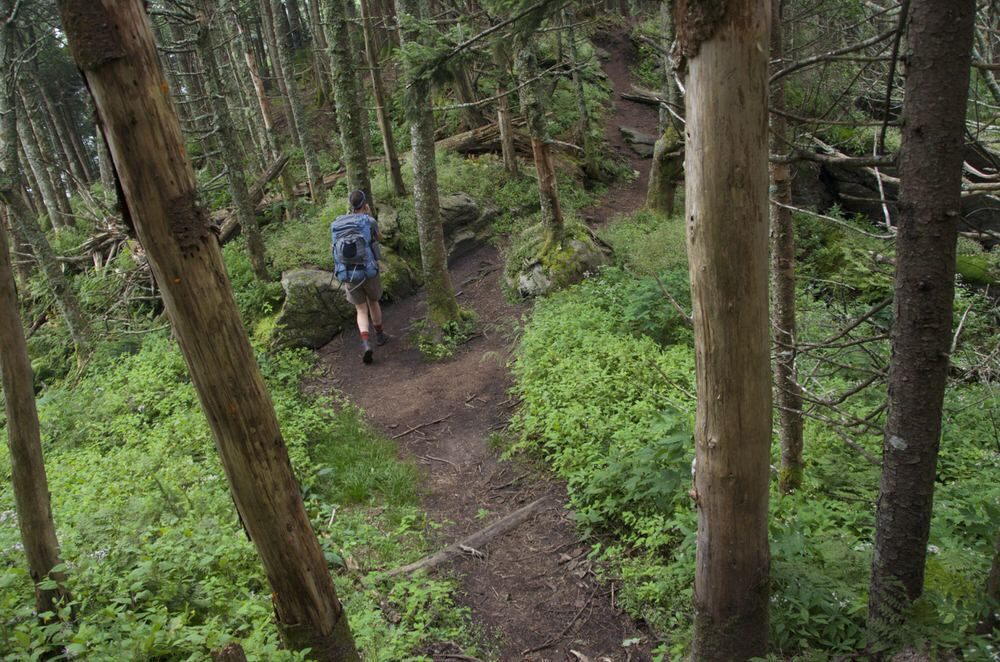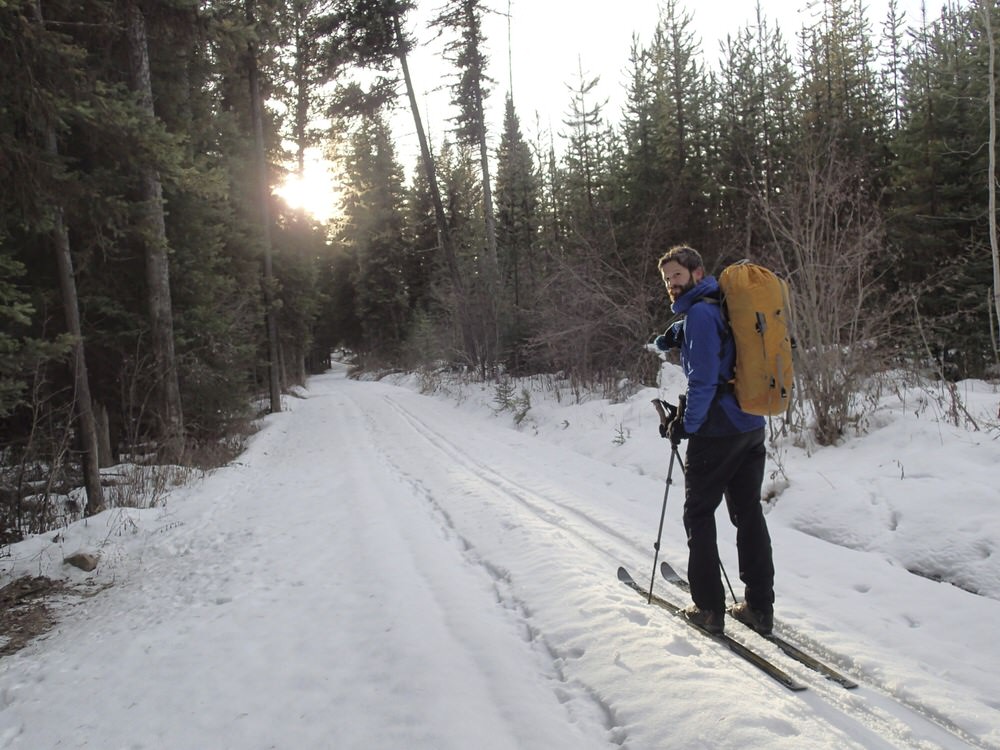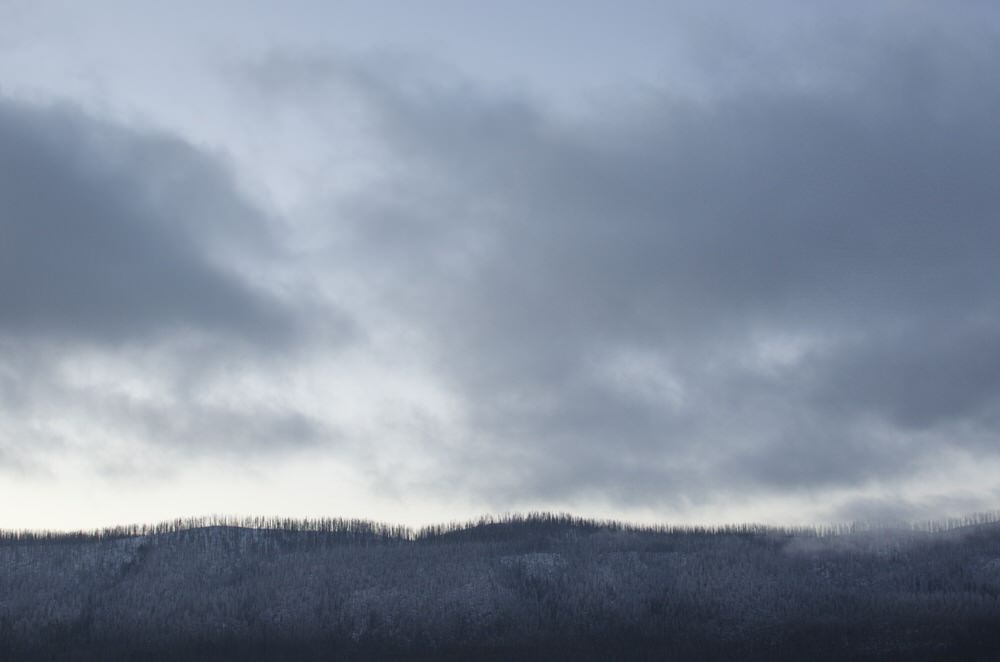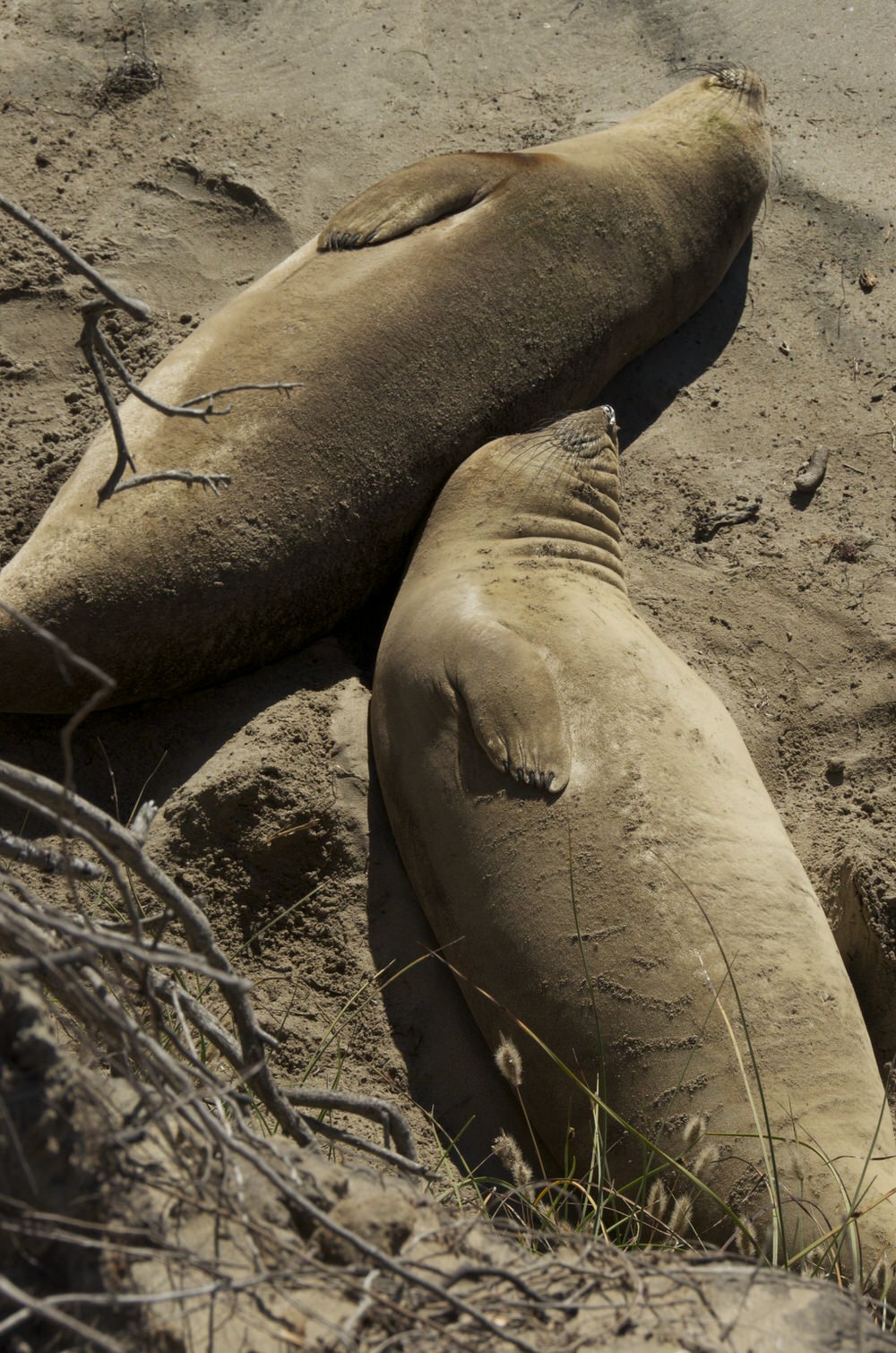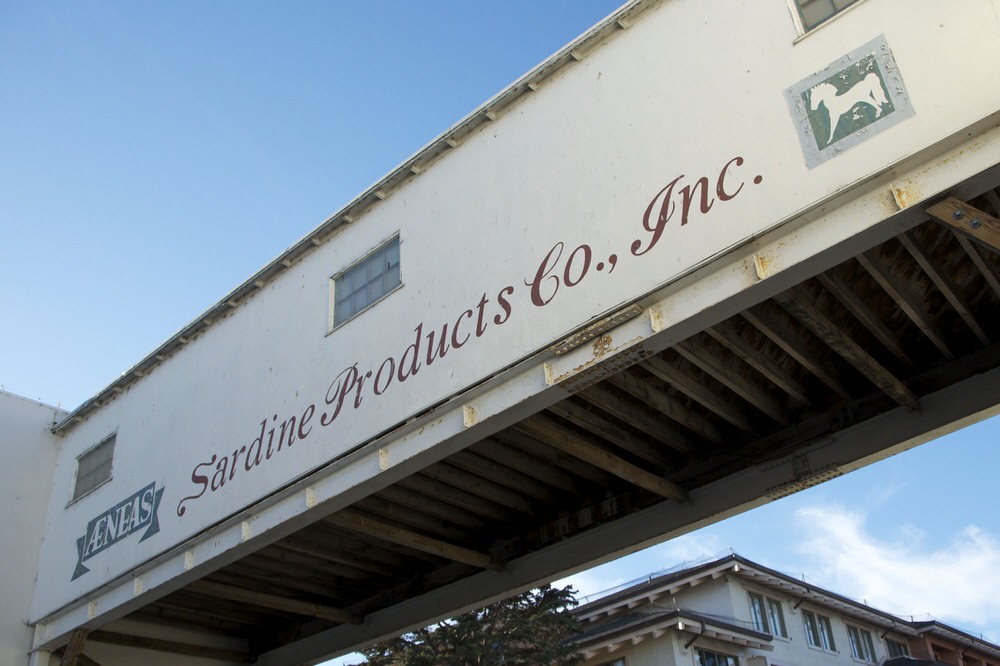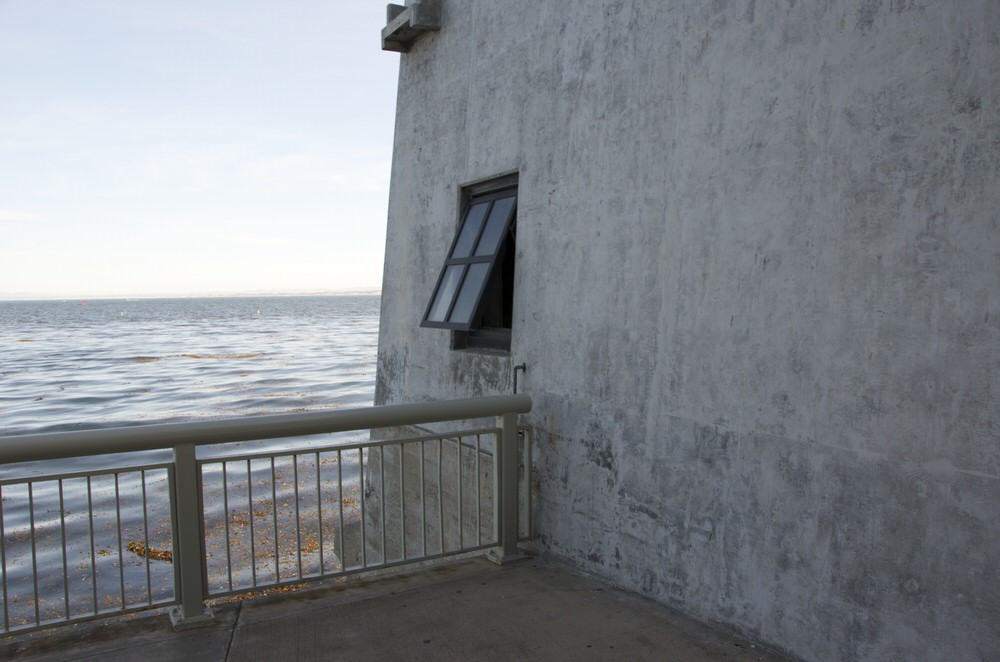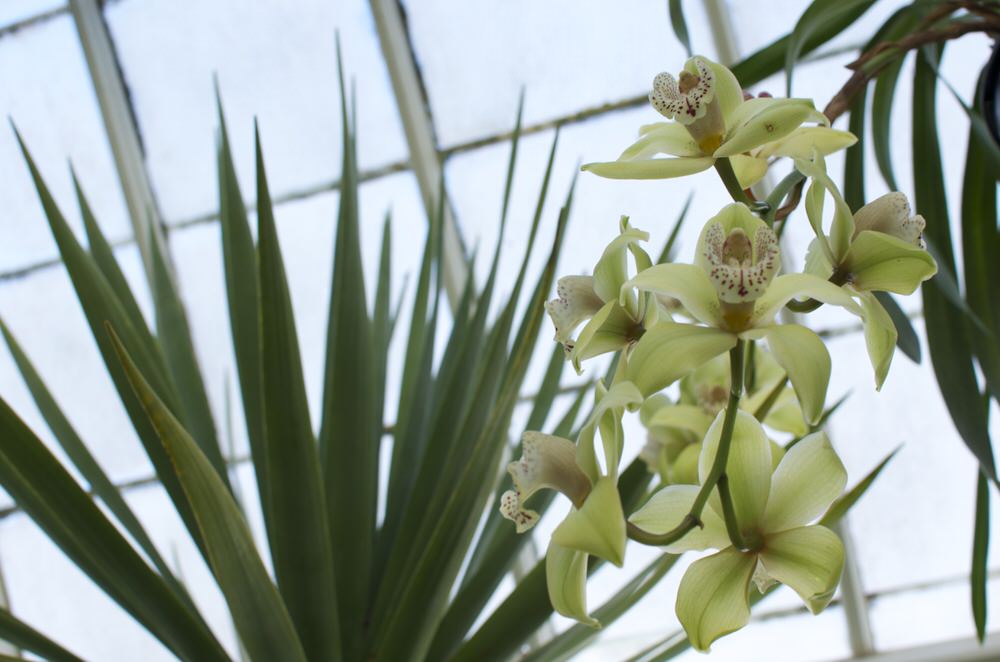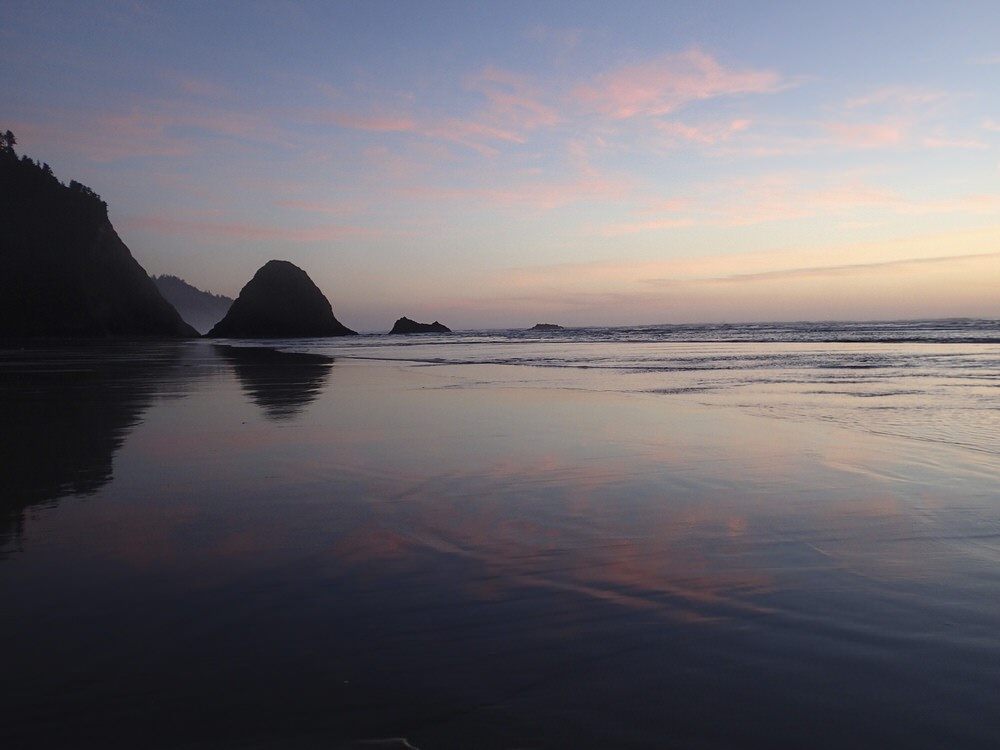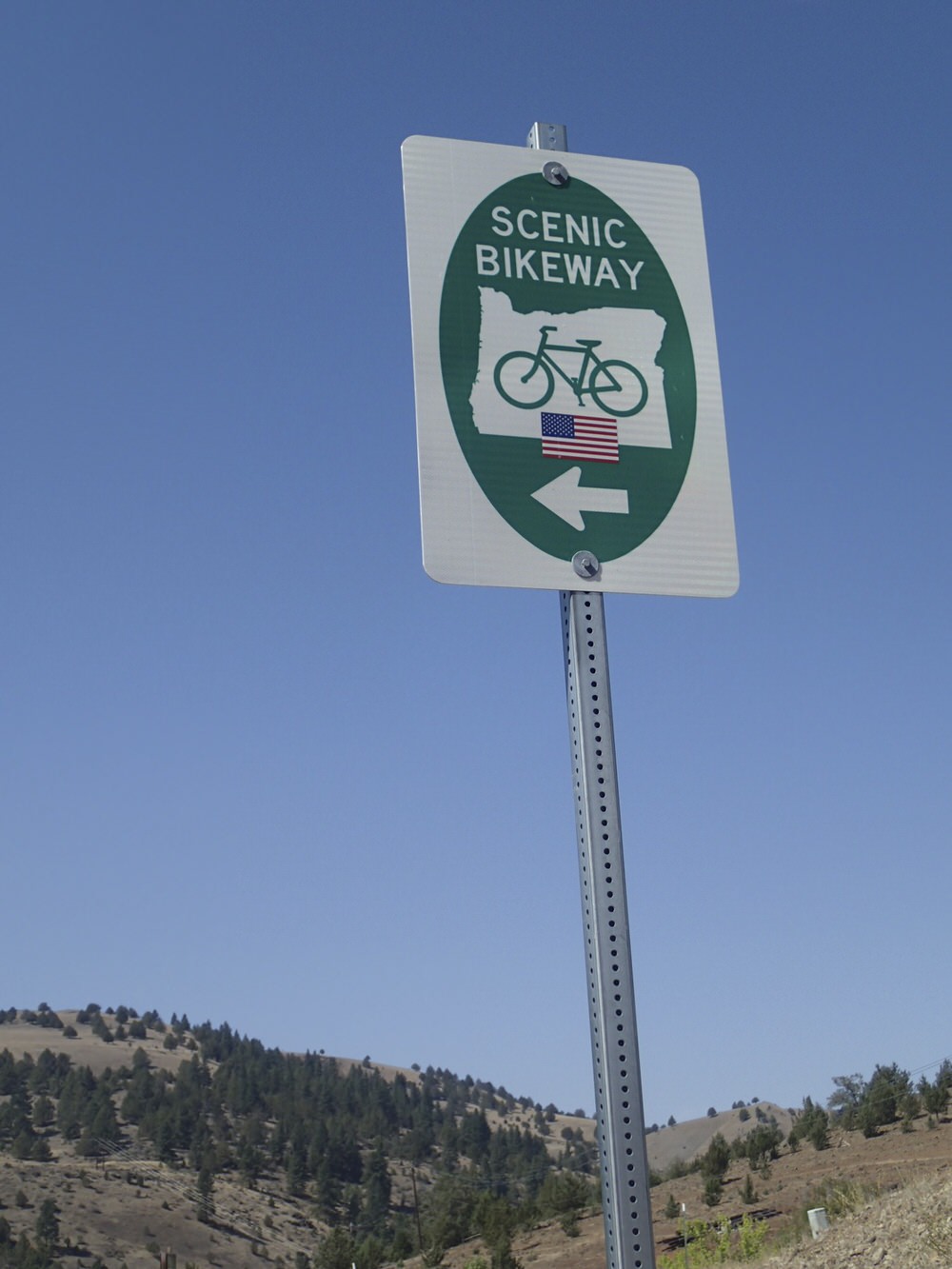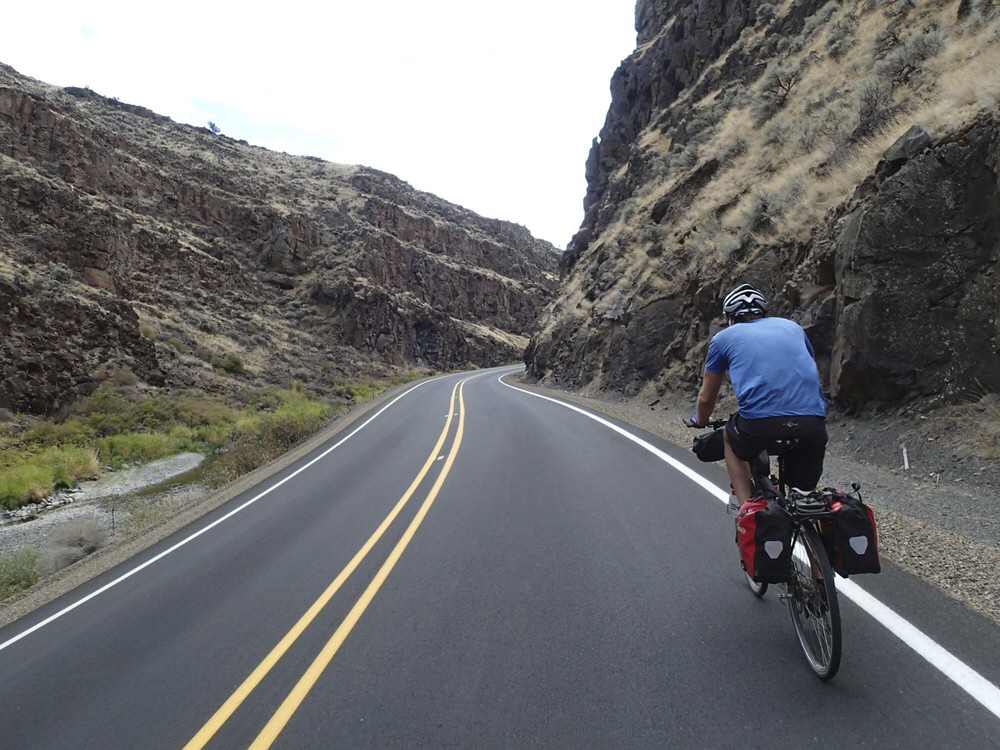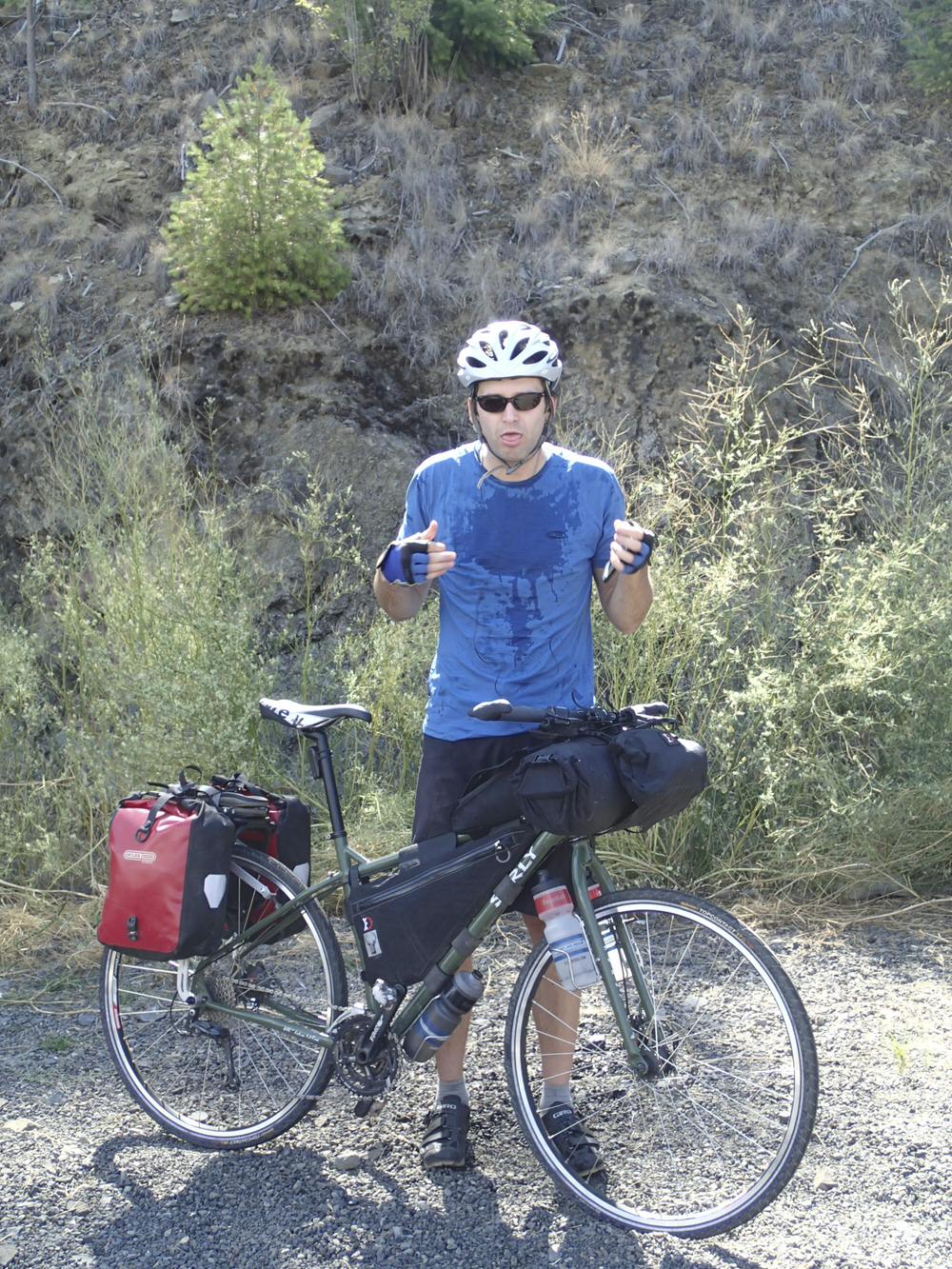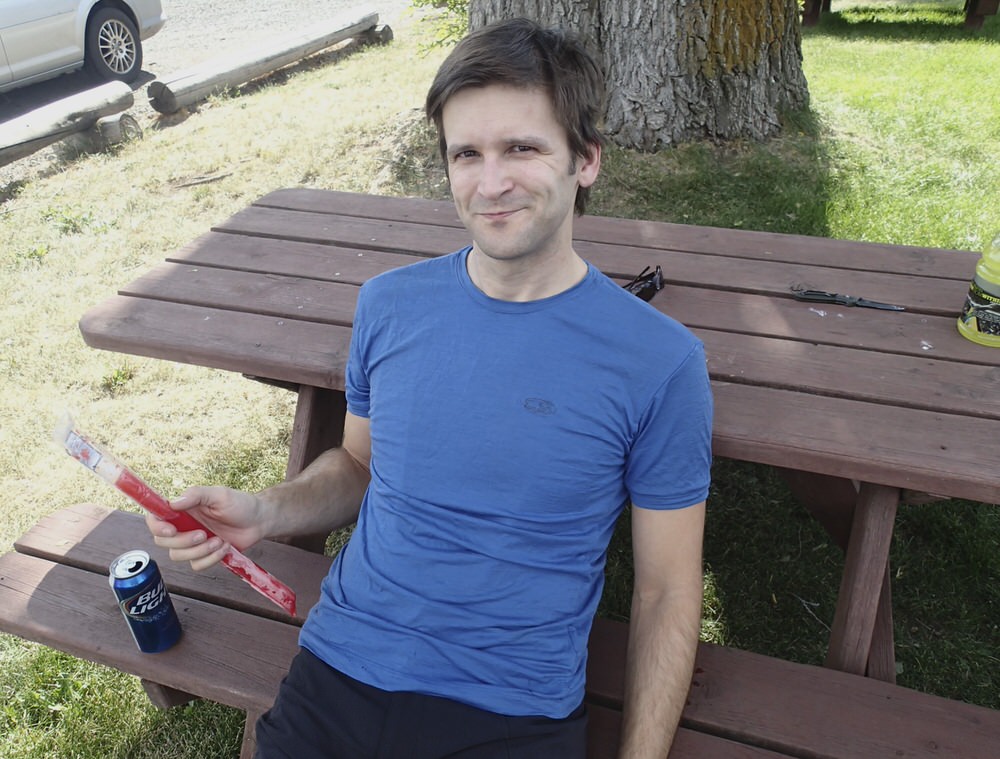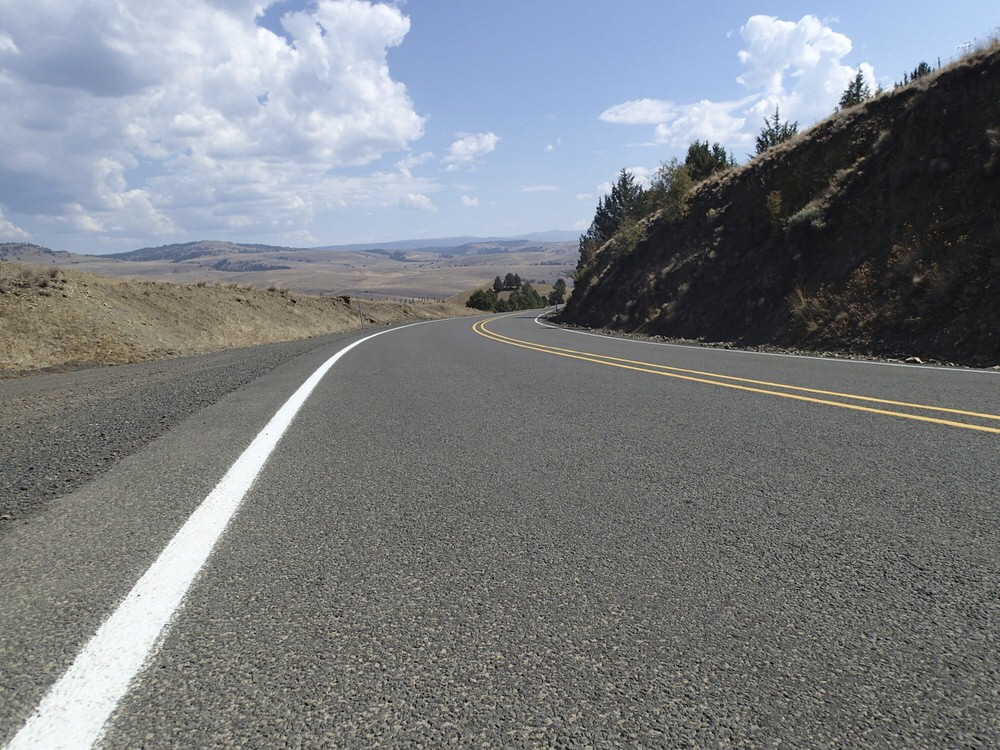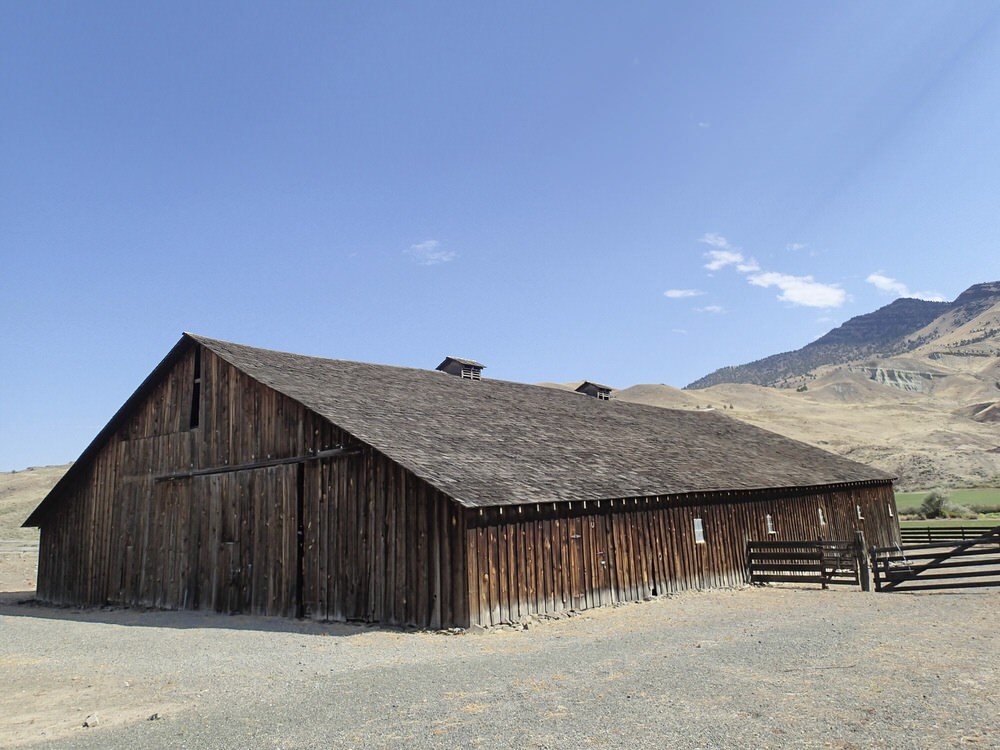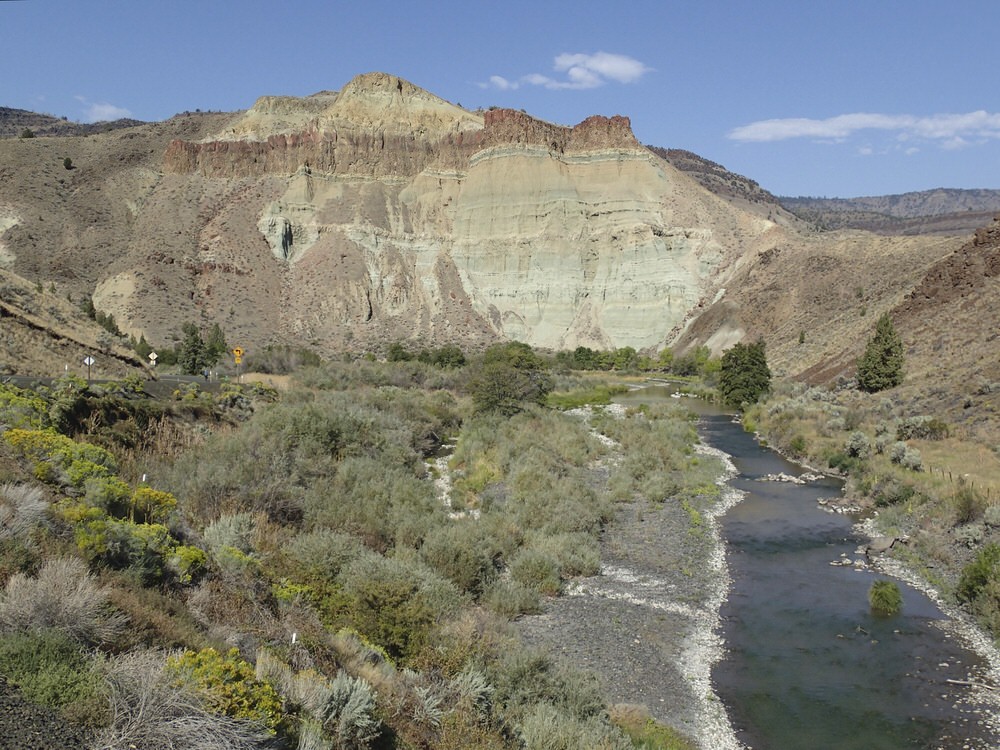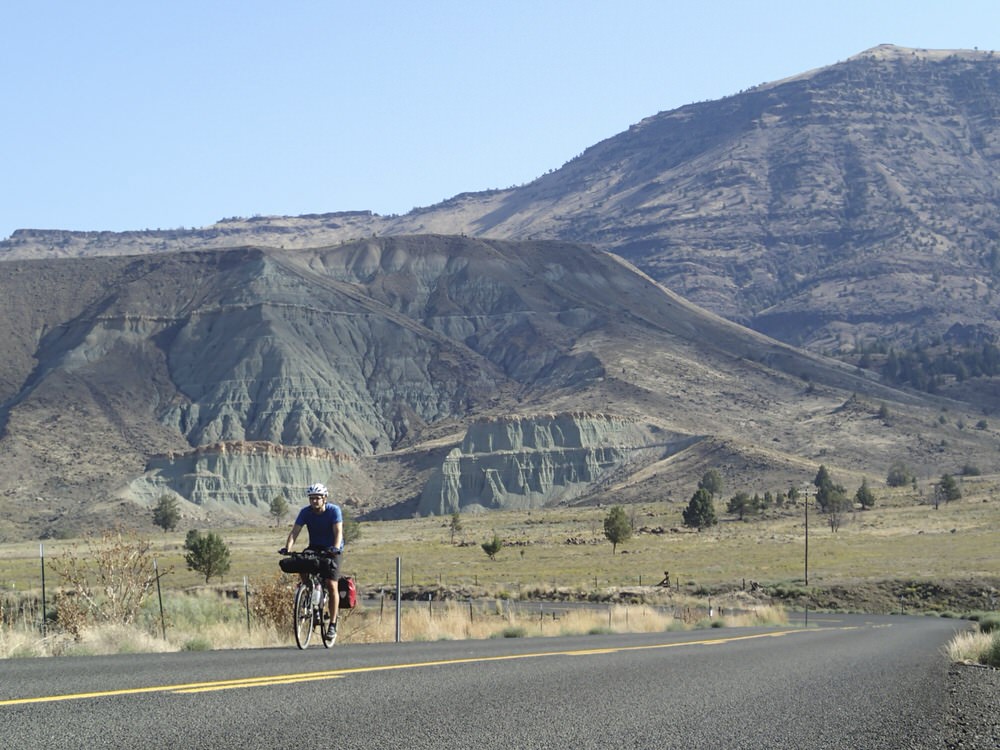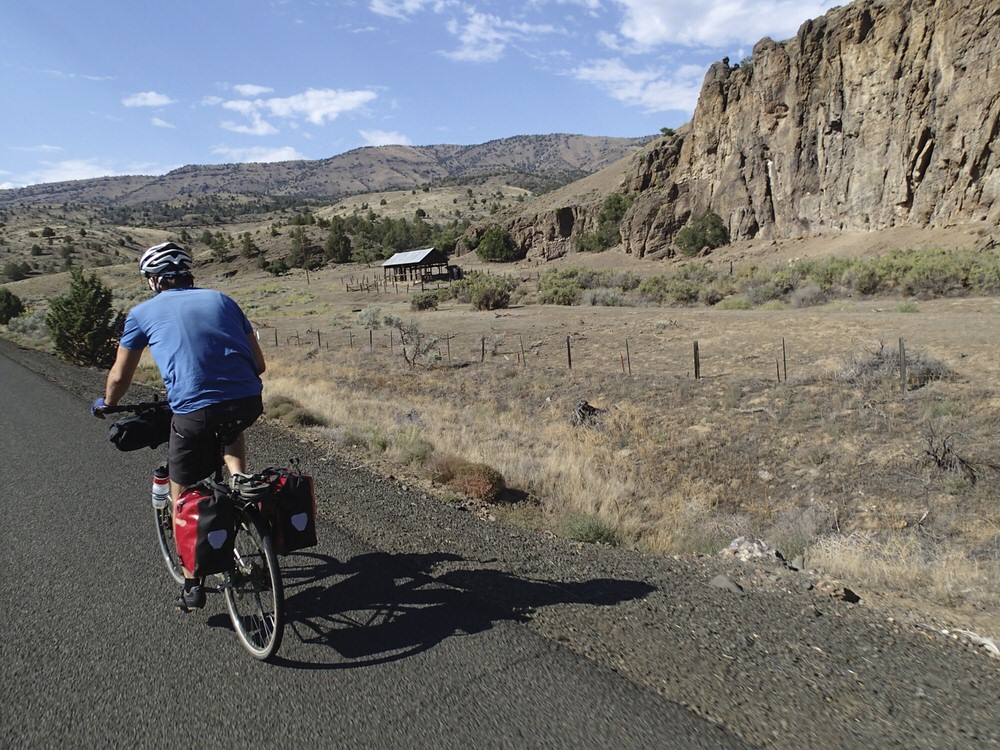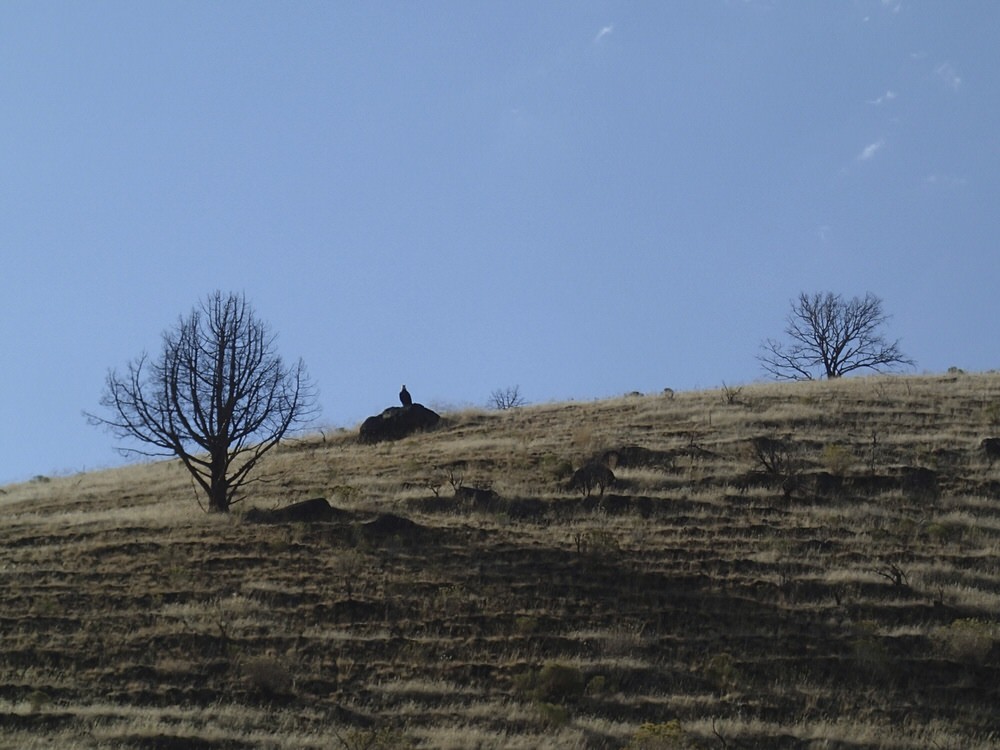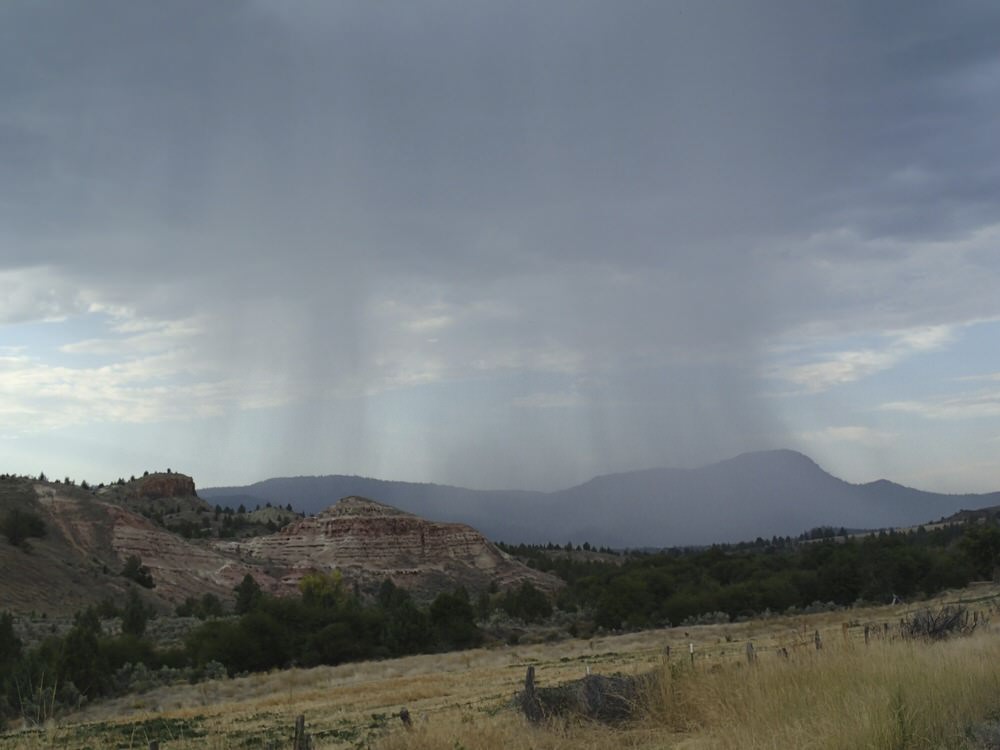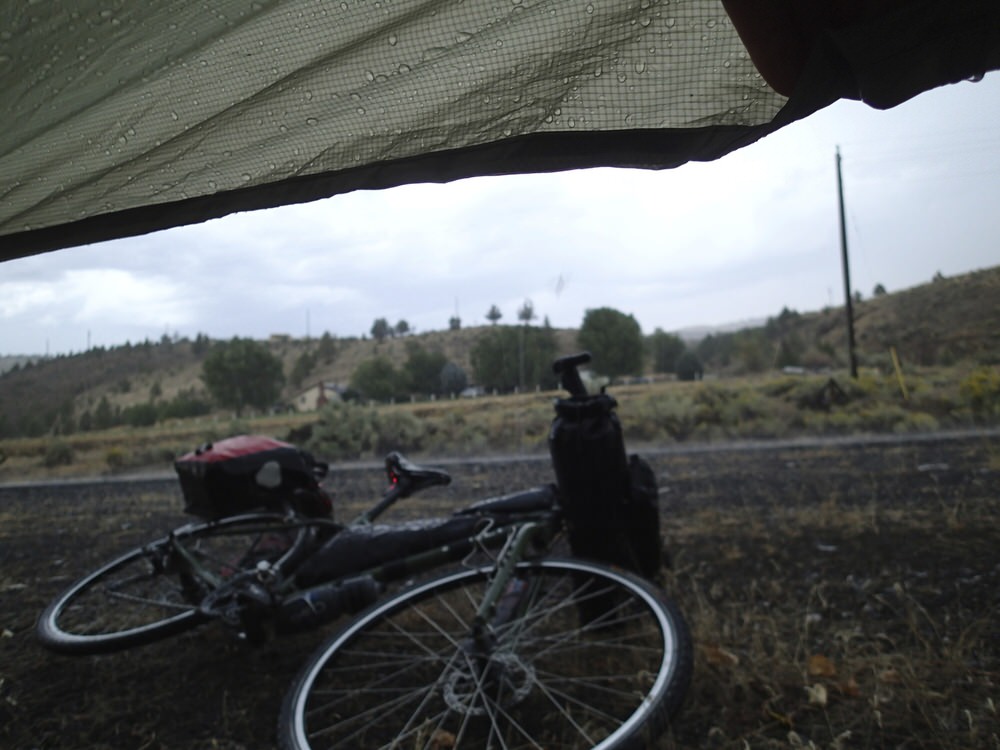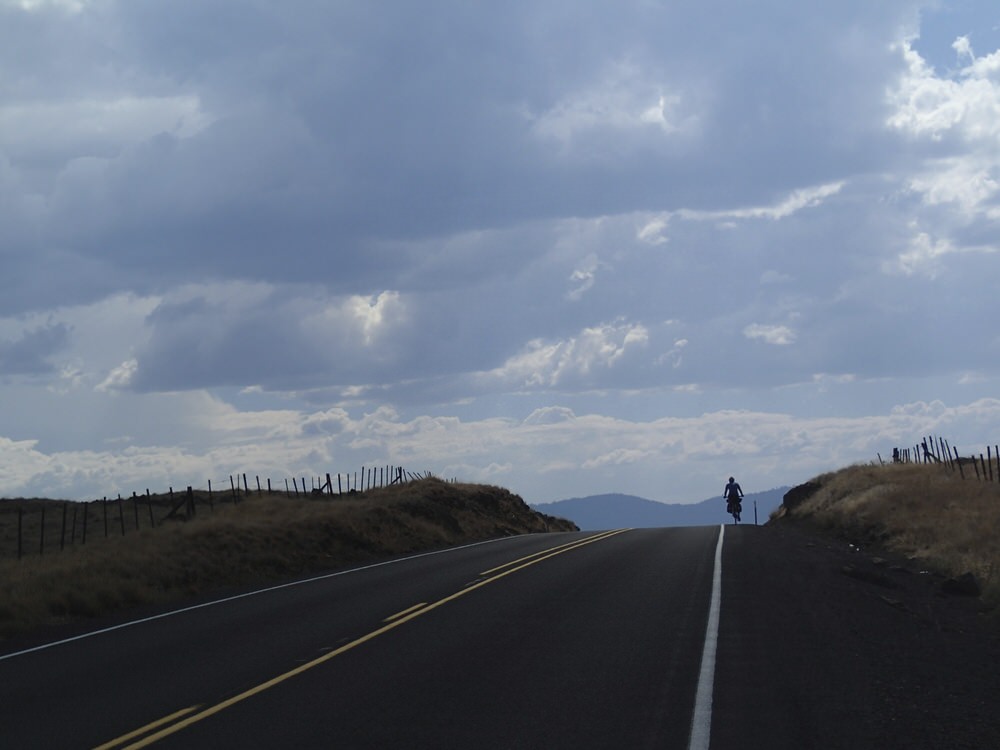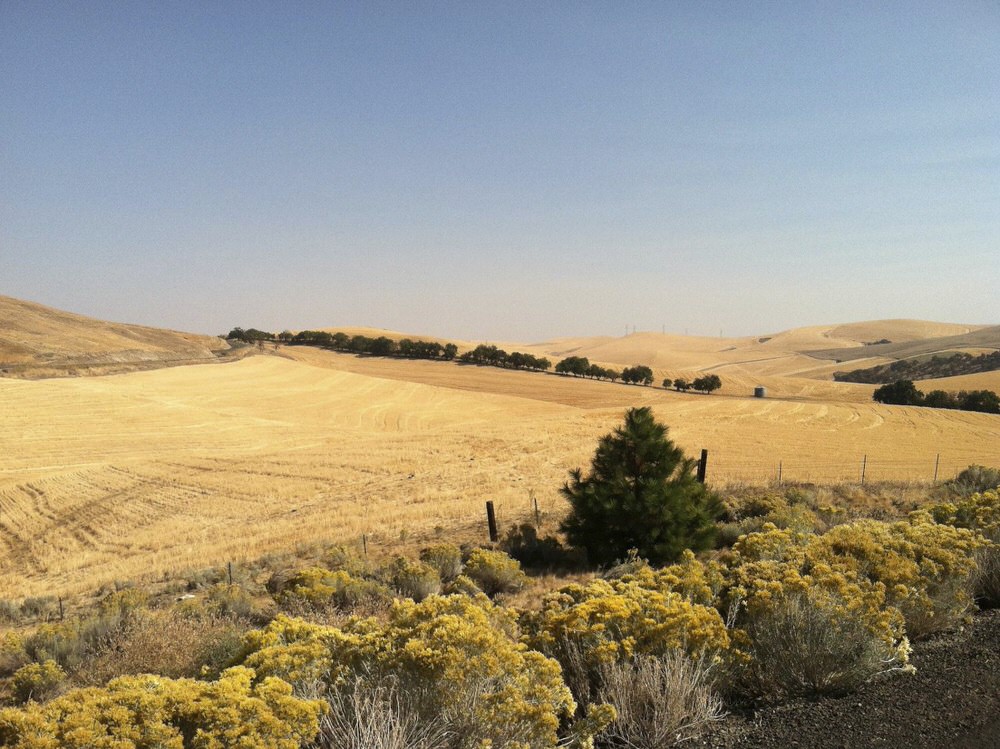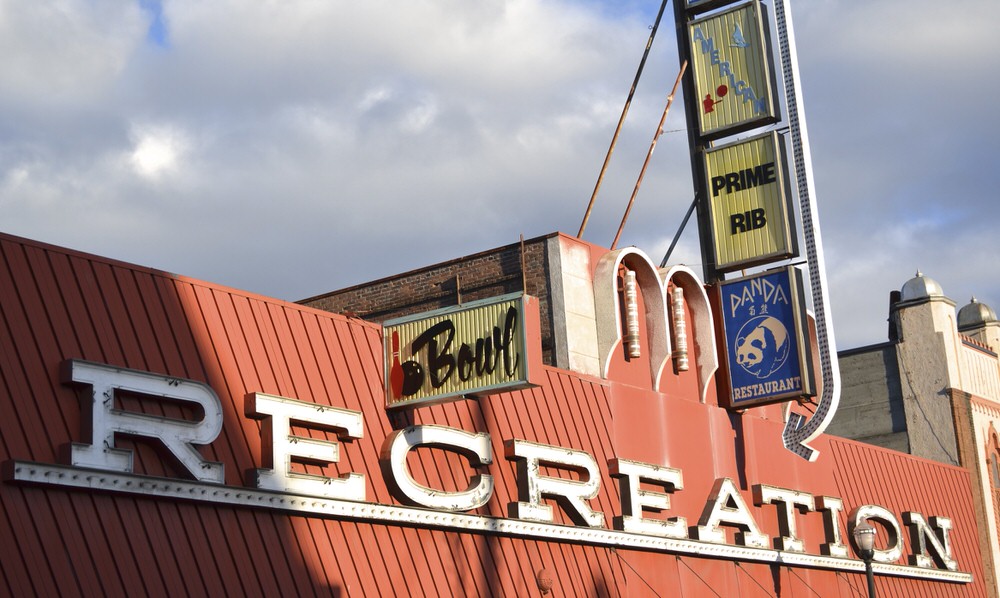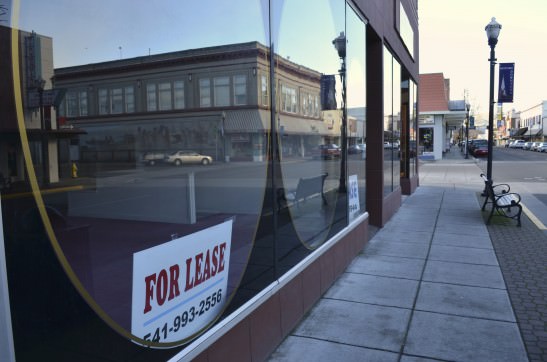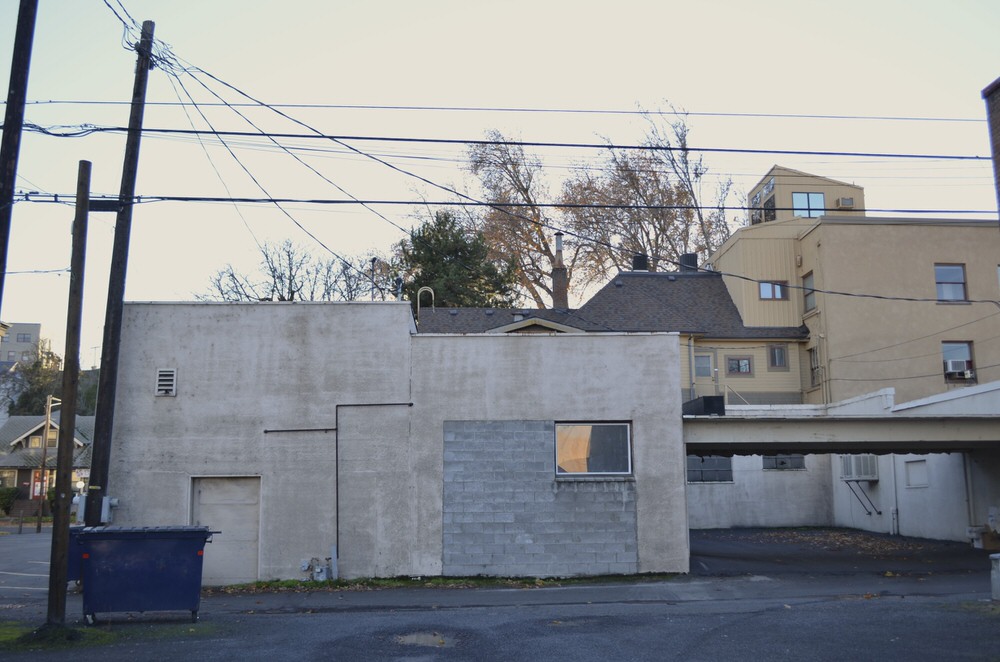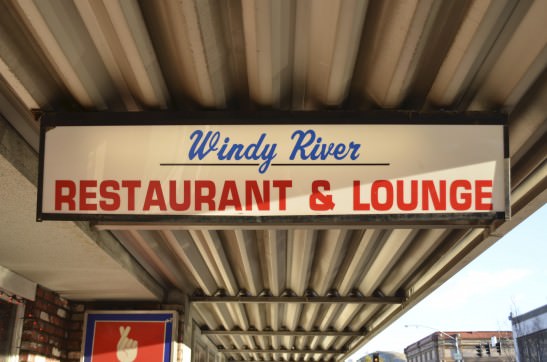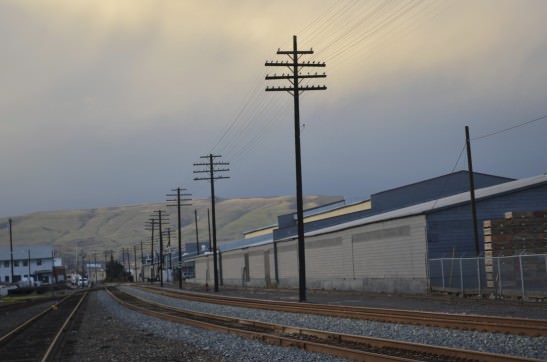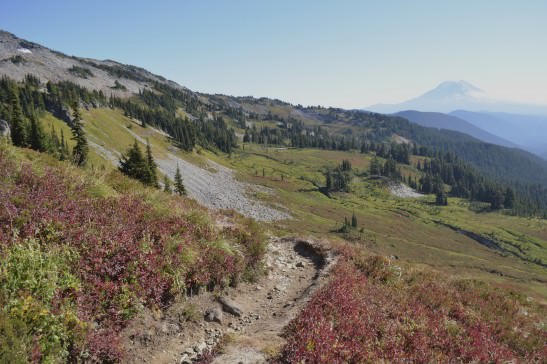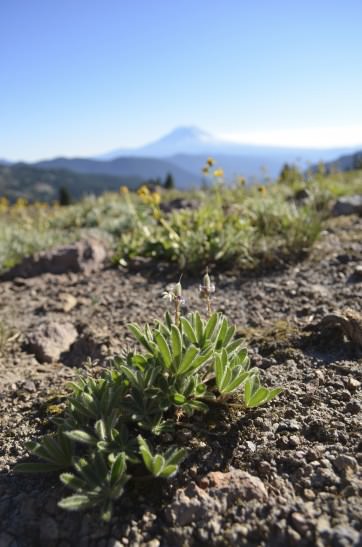 "Do we have to stay on guard the entire weekend, or are we allowed to take breaks?" Donnie and I wanted to ask the ranger at the Tiller Ranger Station when we stopped in to inquire about the area. We'd rented the Pickett Butte Fire Lookout Tower, a 12x12 cabin on 40-foot stilts a few miles up the road in the midst of the Umpqua National Forest in Southwest Oregon, and we wanted to clarify our responsibilities as the tower's weekend occupants.
"Do we have to stay on guard the entire weekend, or are we allowed to take breaks?" Donnie and I wanted to ask the ranger at the Tiller Ranger Station when we stopped in to inquire about the area. We'd rented the Pickett Butte Fire Lookout Tower, a 12x12 cabin on 40-foot stilts a few miles up the road in the midst of the Umpqua National Forest in Southwest Oregon, and we wanted to clarify our responsibilities as the tower's weekend occupants.

When they're not in use, the Forest Service in Washington and Oregon rents out about 70 houses and fire towers that the Civilian Conservation Corps built in the 1930s for the “smoke chasers” who patrolled the forests for fires. For $35 to $90 a night, campers interested in hiking, snowshoeing, skiing, horseback riding, fishing and hunting on the surrounding forest land have a small base to call home. (Friends and I stayed in another of these cabins, the Ditch Creek Guard Station, last winter. The story here.)
Built on a hilltop named for William T. Pickett, the homesteader who claimed it in 1898, the Pickett Butte Fire Lookout offers a single bed; a wall heater, stove, mini-fridge, and lanterns all powered by propane; and wall-to-wall windows providing expansive views of the Jackson Creek Drainage area and distant higher peaks. We used the rickety plastic egg-crate pulley to lug up the necessities (i.e. sleeping bags, warm clothes, coffee, boxed wine, and cheese) and settled in. Lucky for us rain-weary Portlanders, we enjoyed clear, sunny, 60-degree days, and T-shirts — in February!

Donnie, acclimating to life on stilts. In his favorite shirt.

The cabin's interior.

Our mapping tool, on a wooden stand in the center of the cabin, would have allowed us to pinpoint the exact location of any smoke we saw in the distance. We spent hours practicing just in case.

The privy, while handy on special occasions, was extremely inconvenient for regular use, being four precarious flights of stairs below. Not to worry: we figured out a workable system.

Physics at work: we used water in the bottom of a translucent bottle to magnify a headlamp's light and an upturned bowl to up the volume on the music. (Cush camping, admittedly.)

Veggie egg cheese scrambles + french press coffee = the breakfast of champions
When you're living up in the air (in an area without many hiking trails at least), the activities of the sky outside play a pretty central role in your life. The sunset colored the sky deep pinks and purples and cast a warm glow over everything in the cabin.


And when we woke up the next morning, the clouds that had rolled in overnight still filled the valleys below us.



A random pretty: a waterproof leaf in the gravel road leading up to the cabin.
On Day Two, we took a two-hour road trip to Crater Lake for some cross country skiing, entering a white winter setting that was a stark contrast to our sun-drenched paradise. From the south entrance, we headed clockwise along the snow-covered road that circles the lake, meandering off trail a few times across the meadows sloping down from the rim.

Donnie and Wizard Island, the cinder cone at the west end of the lake.


Mount McLoughlin in the distance

Cutting the cheese (more literally than usual).


Oh, just stretching. Or something.
The dining options near Crater Lake in winter are limited, but upon a recommendation we picked up on the road, we stopped on our way back to base camp at José's Mexican Restaurant, an unassuming hole-in-the-wall spot six miles past the town of Prospect. The family-run establishment serves up fajitas and enchiladas made with fresh ingredients and scratch-made tortillas. Delicious. Because the place was empty and we didn't want to feel lonely, we ate in the adjoining Gorge Lounge bar, where a group of mustachioed locals chatted with the bartender while drinking Budweiser and Coors and half watching an obstacle course TV show involving rotating foam arms and whipped cream. One of the men started sputtering and snorting in a dramatic fake coughing fit before realizing we were behind him eating. He apologized, saying he didn't realize the place "had company."
After lowering out stuff our of the fire lookout on Day Three to head back to Portland, we made another stop. I wasn't aware before, but the Umpqua National Forest boasts an extremely impressive feature: the world's largest sugar pine. We had to pay homage.

The 400-year-old tree, measured in February 2012 at 255 feet, towers over its companions. The base of this tree has a giant chainsaw-induced wound from its run-in with vandals in 2000. (Who DOES that?!)

